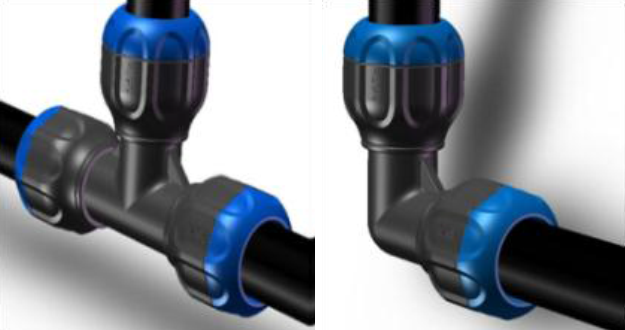Thermoplastic polymer materials with discontinuous fibre reinforcement
Thermoplastic polymer materials ("plastics") with discontinuous fibre reinforcement are increasingly used in products in with high demands in terms of mechanical stiffness and strength, light weight, chemical resistance, high operating temperatures, dimensional tolerances and surface finish. Discontinuous fibre reinforcement means that the fibres are "chopped". The most common reinforcement is "short glass fibres", with fibre length < 1 mm in the final product, while so-called "long glass fibres" can be up to 4-6 mm long in the final product, with length/diameter ratio in the range 100-1000. Other fibre materials than glass are also used.
The requirements for components made of these materials are strict and the material properties must be fully utilized when designing a particular component. Injection moulding is the dominant process for such thermoplastic composites. Hence, the component must also be designed for injection moulding. To utilize the materials properties optimally, processing machinery, mould design and process conditions must be carefully chosen and optimized.
Challenges
Although such materials are not new, there are still many challenges and unknown factors associated with the development and production of components in these materials. The current situation is therefore characterized by a high degree of trial and error in the development process, as well as certain challenges in the production process. This may lead to too much production scrap. Furthermore, sub-optimal material selections, mould designs or process parameters may lead to products that fail during installation/mounting or in use.
Overall idea
The main objective of this project is to reduce development time and cost from the idea or concept stage to having established a robust and profitable production of a component in such a reinforced material. To realize this goal, a set of design and production protocols will be developed, in addition to experimental and numerical tools. The project will also develop new innovative injection moulding based processes with various forms of local reinforcement, i.e. methods for placing the reinforcement optimally with regard to the product's mechanical load.
The project is funded by the BIA programme of the Research Council of Norway.
The following companies and R&D institutions participate in this project: Biobe, Raufoss Water & Gas, Kongsberg Automotive, Plastal, Plasto, Skriverform, SINTEF Raufoss Manufacturing (contact person Tor Martin Grue) and SINTEF Materials and Chemistry (project leader Einar Louis Hinrichsen).

